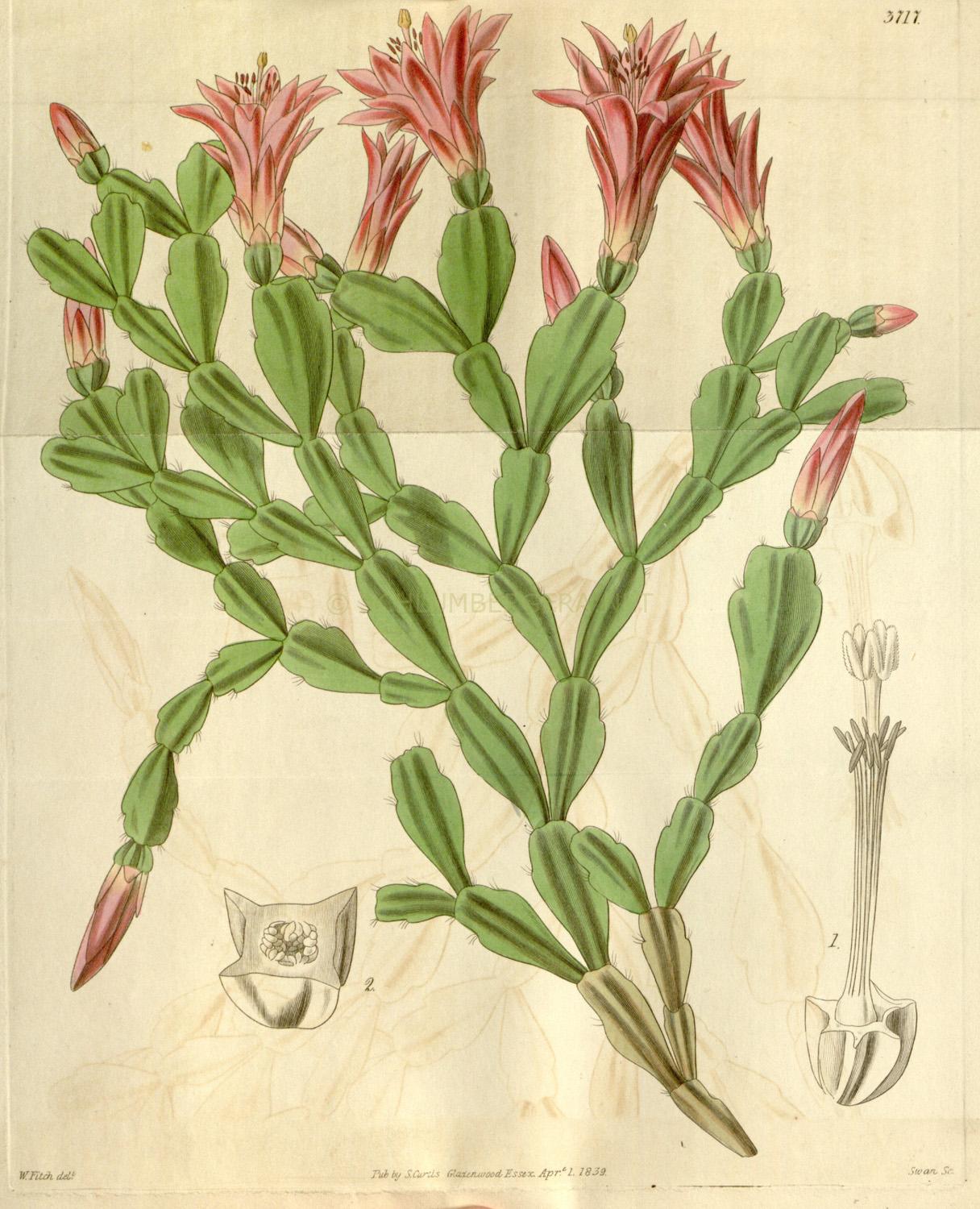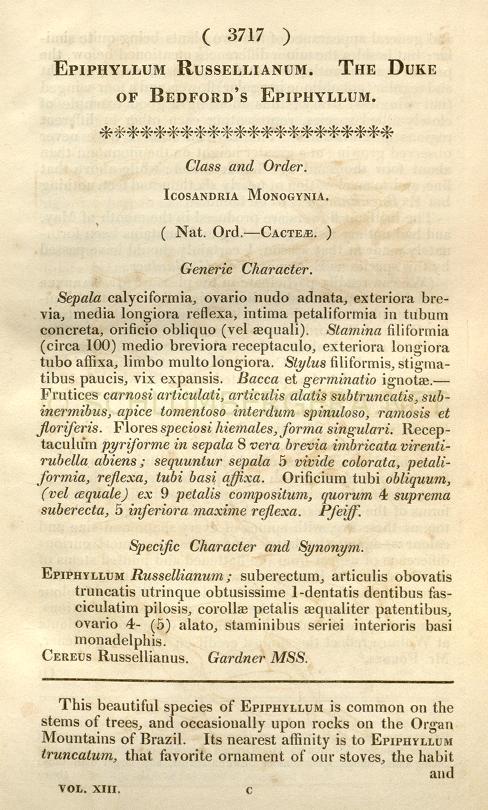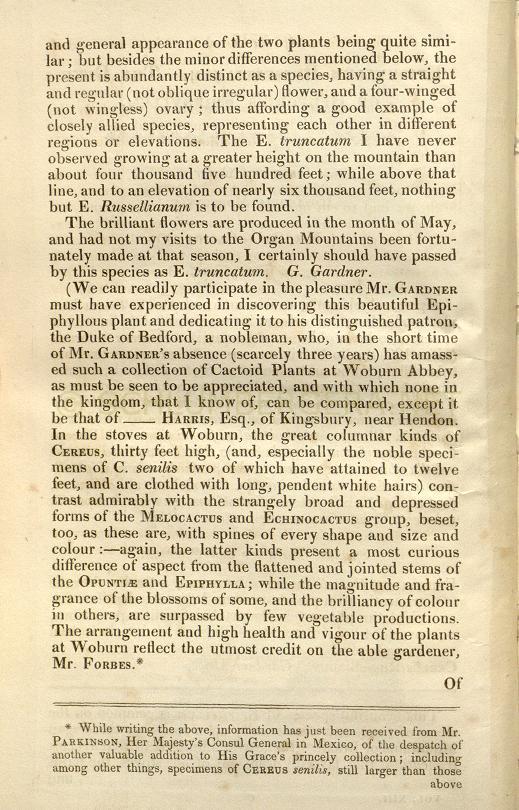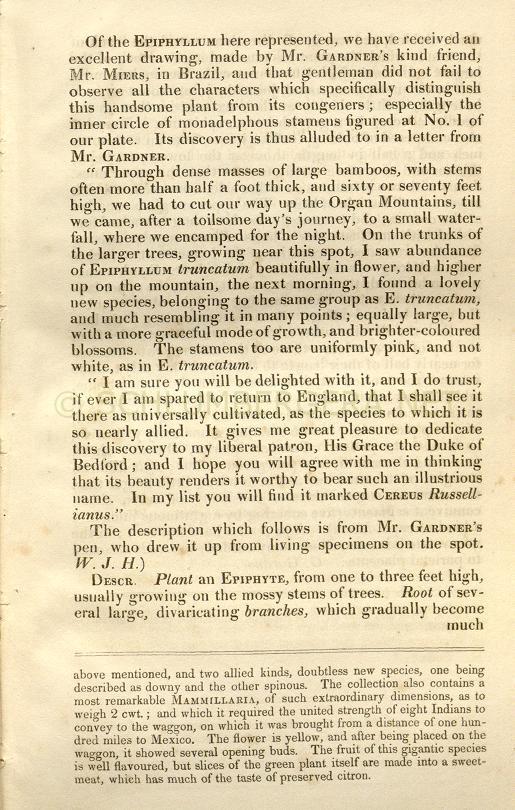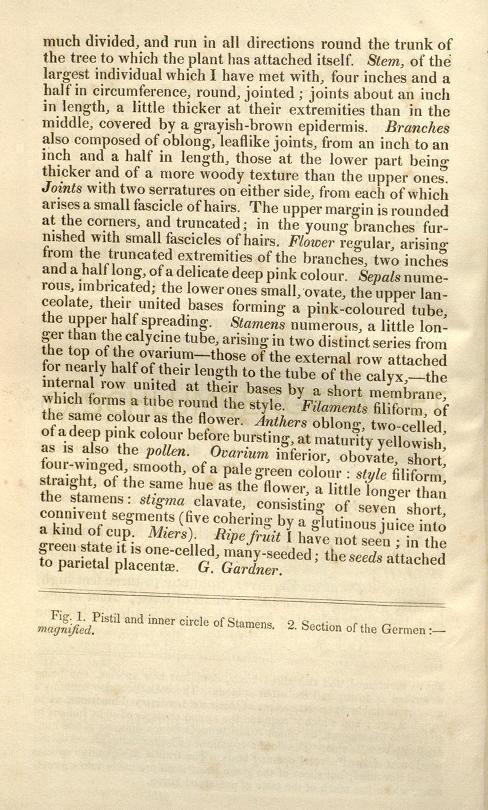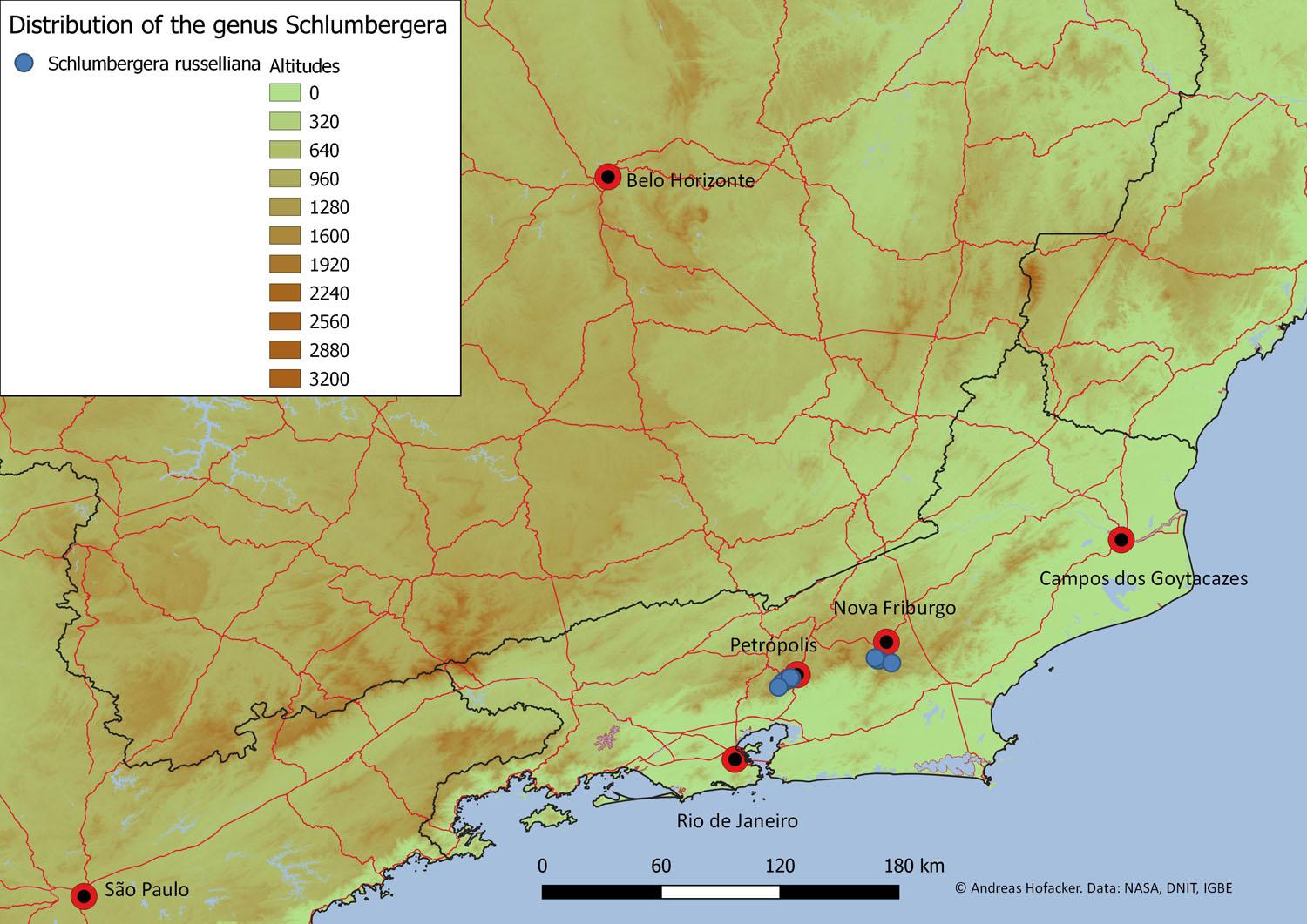Schlumbergera russelliana
Description:
Phylloclades flattened, 3.5 cm long and 2 cm broad, apical and marginal no teeth, with one or two areoles per side. Flowers with a well-developed perianth-tube, radially symmetrical, up to 5 cm long, pendant, solid fuchsia pink, self-sterile.
Fruits spherical, greenish, ribbed.
Flowering period in northern hemisphere: February-March.
First description:
Hooker, W.J. (1839): Curtis’s botanical magazine, or, Flower-garden displayed 66, t. 3717.
(click to enlarge)
Origin of the name:
Named after the discoverer’s (George Gardner) patron, John Russell, 6th Duke of Bedford (1766-1839).

Occurence:
Brazil (Rio de Janeiro) in altitudes above 1700 m.
(click to enlarge)
Synonyms:
- Epiphyllum russellianum Hooker (1839)
- Cereus russellianus Gardner ex Hooker (1839)
- Phyllocactus russellianus (Hooker) Salm-Dyck (1845)
Historical Clonal Descriptions:
Bachthalers Wildform – Brazil, PSNO above 1800 m. PSNO – Parque Nacional da Serra dos Orgãos (Organ Mountains National Park). Collected by Dr. Esser. Perianth is oblique suggesting this is an intermediate form (Horobin). There is said to be two forms of this russelliana. Ref.: McM&H 1995: 34.
Bonn 4672 – Brazil. Bonn Botanical Garden, Germany.
Ehlers Form – Teresópolis, Brazil. Flower is pendant, small, solid fuchsia pink with recurve petals. Fruit is 4-angled, green and spherical. Phylloclades are very small and thick with two areoles per side. The base of the phylloclade is narrow and the apex is wide giving a triangular appearance. Also known as Small Form and Mrs Ehlers Small Form. Found in a deep ravine. May exist in two forms, one being larger. Ref.: McM&H 1995: 36.
H Form (Heidelberg Form) – Brazil. Heidelberg Botanical Garden, Germany by a Mr Pauli, origin unknown. Nice healthy compact plant. Heidelberg 33160. Phylloclades are very wide and square in shape. Usually one, but sometimes two areoles per side. This form no longer exists in the Heidelberg Botanical Gardens.
Hunt 6484 – Abrigo II, Brazil, above 1500–1600 m. Flower color described by Horobin as RHS 71B, 5.8 × 3.5 cm with back petals 5 cm Stigma exerted 3 mm, anthers and pollen pink. Said to still be available. However, what is currently advertised does not match. Thomas H. Boyle used this species to create his S. × buckleyi remakes: Albert Loefgren and George Gardner. It is reported that Boyle also lost Hunt 6484. Collected by D. Hunt, Aug 03, 1966. Preserved at Kew Gardens, which distributed cuttings. Described as epiphytic growing in trees near a stream. Ref.: McM&H 1995: 34.
Huntington No. 34533 – Brazil, PSNO at 2073 m (6800 feet) a few hundred feet below Pico de Açu. PSNO – Parque Nacional da Serra dos Orgãos (Organ Mountains National Park). Flower color is a uniform RHS 67B. Flower length 5 × 3.7 cm, corolla is regular with seven perianth segments 5 mm broad. Tube is self-colored, no ring, with stamens holding pink pollen. Style is 4.5 cm, stigma is rounded RHS 67A, pericarpel is greenish brown with four angles or ridges. Segments are small and slender. Not hardy. Collected by Dr. Fowlie in an orchid-hunting expedition. This specimen languished at Huntington Gardens. Said to be similar to the JFH Clone II collected in 1981. McMillan grafted a cutting in 1983, which flowered in March 1987. Ref.: McM&H 1995: 34.
JFH Clone I – Brazil. Flower color RHS 67C. Flower length 5 cm, tube 3 cm Anthers and pollen are deep pink, style white at intersection to the ovary, then magenta from halfway up. Fruit is 4–5-angled or ridged and ripens greenish-yellow. Dark brown seeds are larger than S. × buckleyi or S. truncata. Stem segments are 1–3 cm × 1–1.5 cm, bright green with one, occasionally two areoles on each side. Growth habit branched and pendant. Collected by Hooker in 1839. Described by Tjaden in 1966 and presumed lost. Later tracked down by Horobin in 1983 to an estate garden greenhouse in Sussex, England. Ref.: McM&H 1995: 34 & 36.
JFH Clone II – Brazil, PSNO at 2000 m. Flower is clear pink with fruit and seed similar to JHF Clone I. The differences are the stamens, style and pollen are a deep magenta. The style is white from the ovary and the color starts halfway up. Stigma shape differs by not being as knob-shaped and more like S. × buckleyi. Collected by Dr. G. Brasil in 1981 at 2000 m in the PSNO – Parque Nacional da Serra dos Orgãos (Organ Mountains National Park). Ref.: McM&H 1995: 36.
South of Nova Friburgo Form – Brazil. Flower is solid fuchsia pink, lighter on the tube. Flower shape is symmetrical with recurve petals. Phylloclades are crenate and Buckleyi in form. An easier form to grow than many of the other clones. Russellianas are challenging at best and difficult to keep over time.
VDL – Vale da Luva, PSNO (Organ Mountains National Park), Brazil. Small, narrow phylloclades with two areoles per side.
Photos:
(click to enlarge)
-
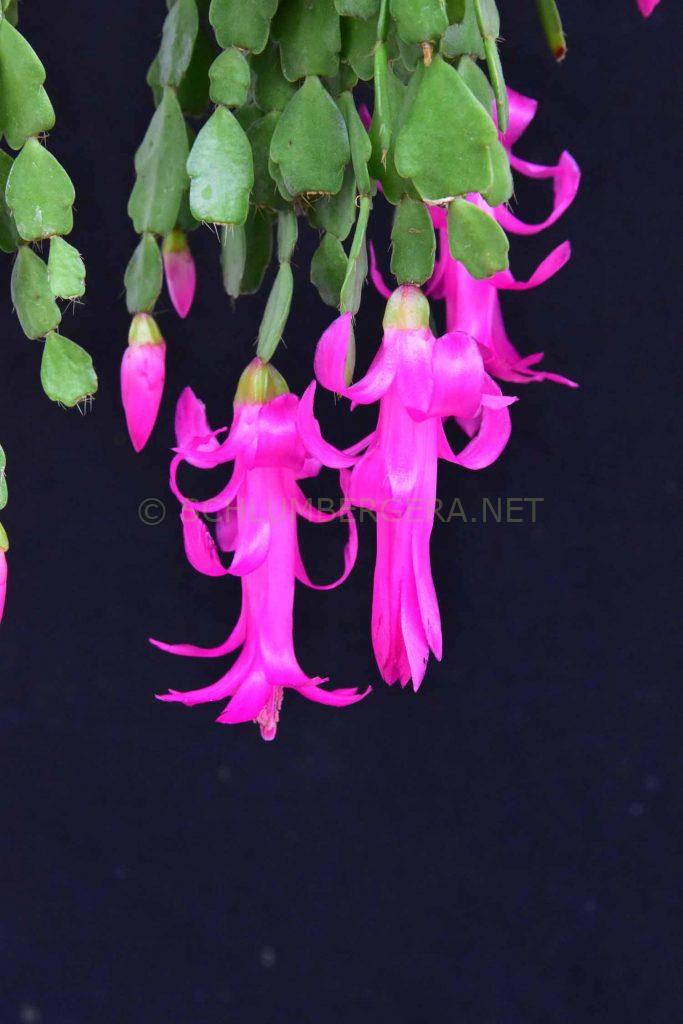
Schlumbergera russelliana ‘Ashfield’, photo: Andreas Hofacker -
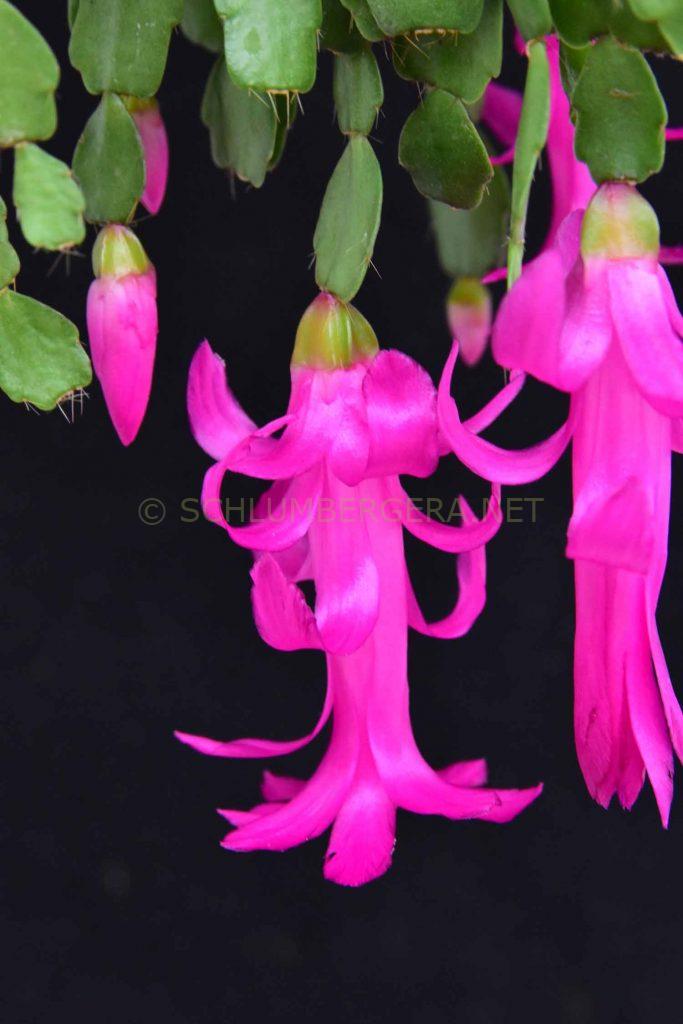
Schlumbergera russelliana ‘Ashfield’, photo: Andreas Hofacker 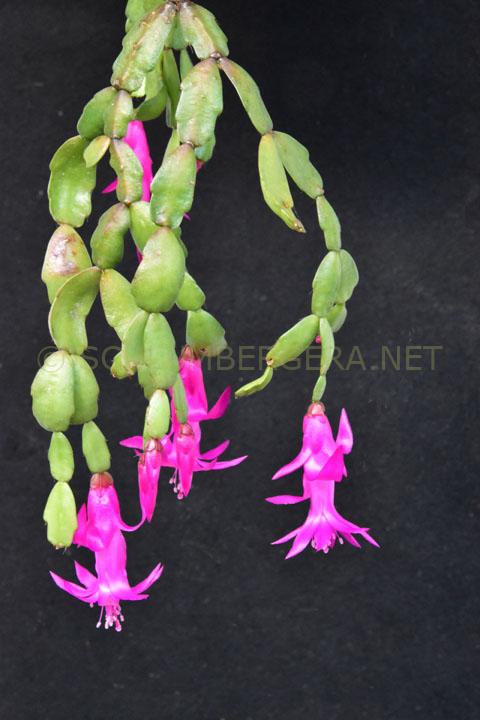
Schlumbergera russelliana ‘1839 introduction’, photo: Andreas Hofacker -
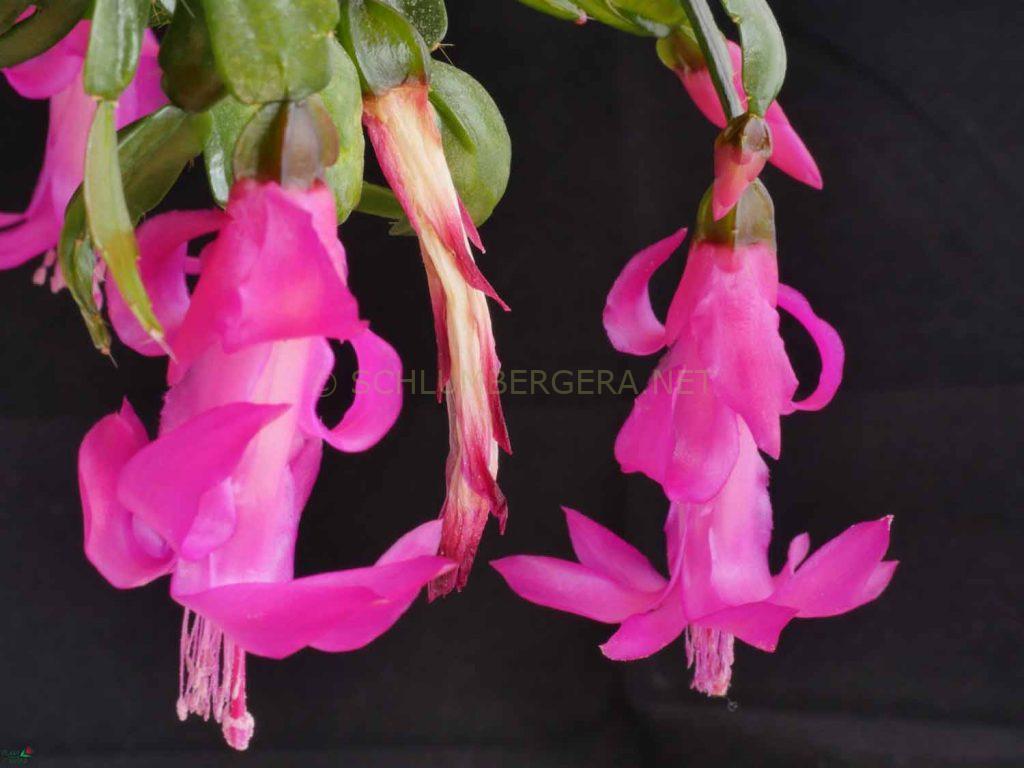
Schlumbergera russelliana ‘1839 Introduction’, photo: Ruud Tropper -
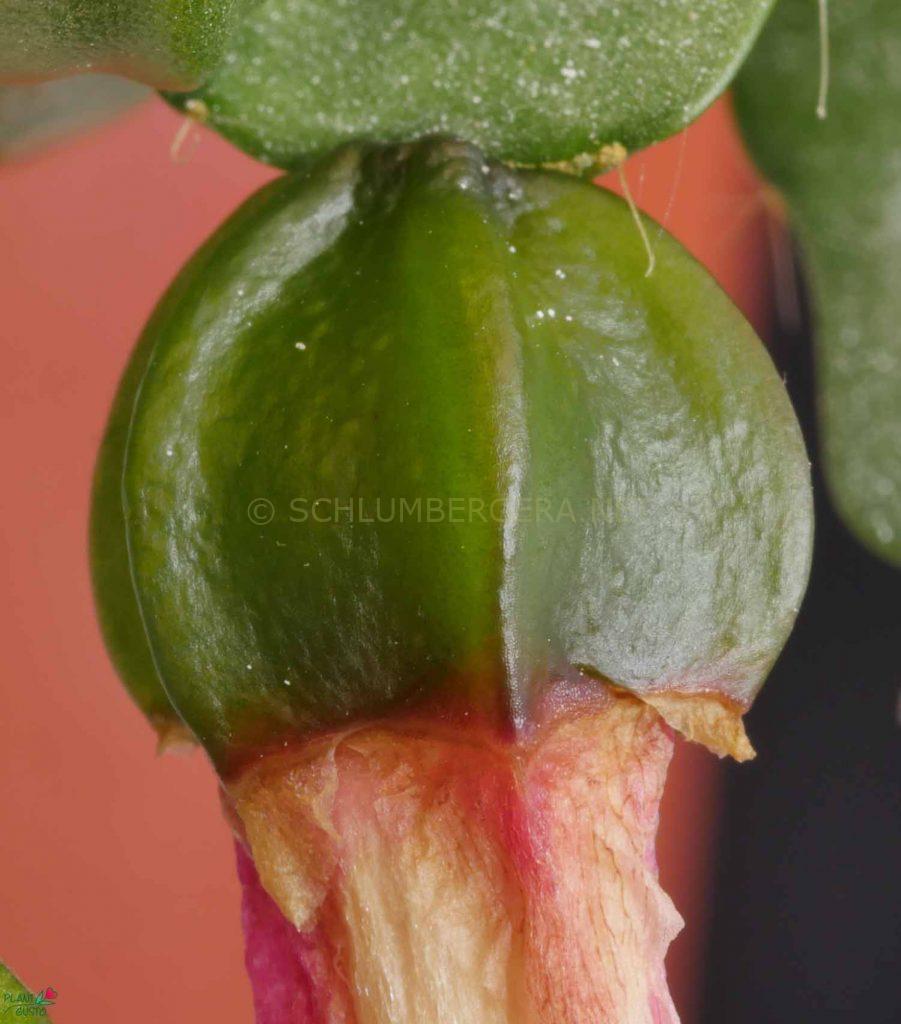
Schlumbergera russelliana ‘1839 Introduction’, photo: Ruud Tropper -
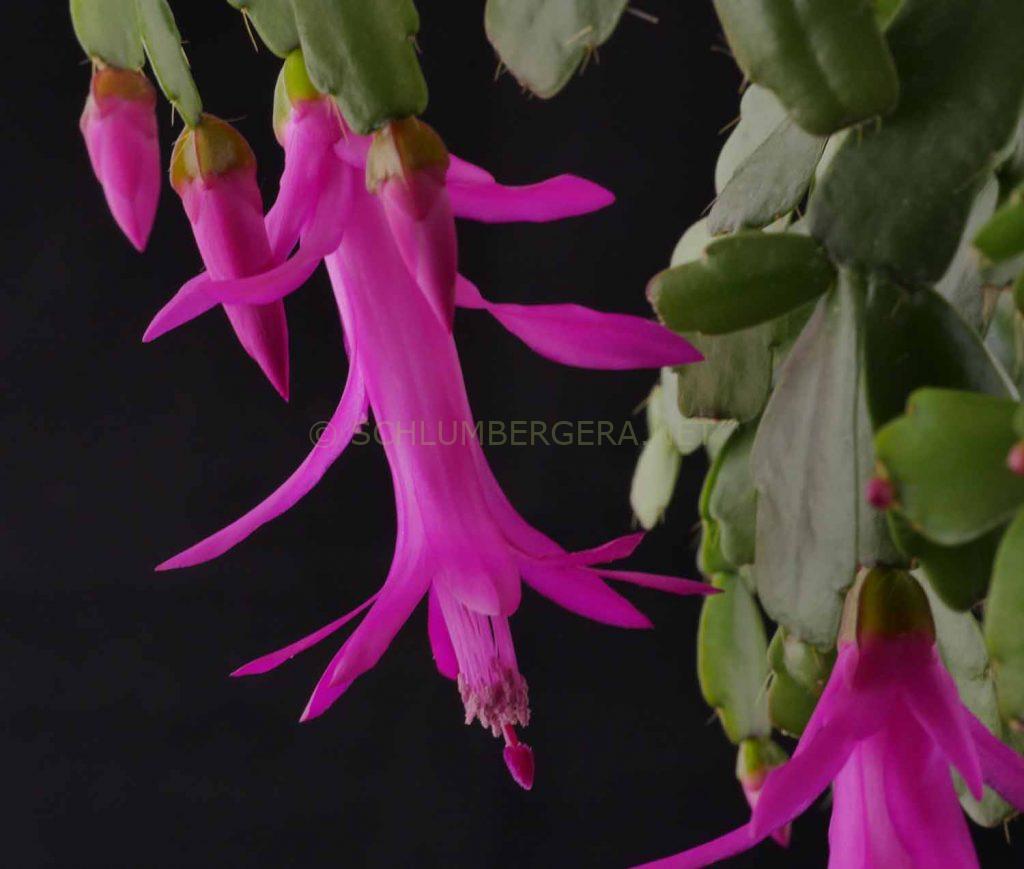
Schlumbergera russelliana AH 691, photo: Ruud Tropper -
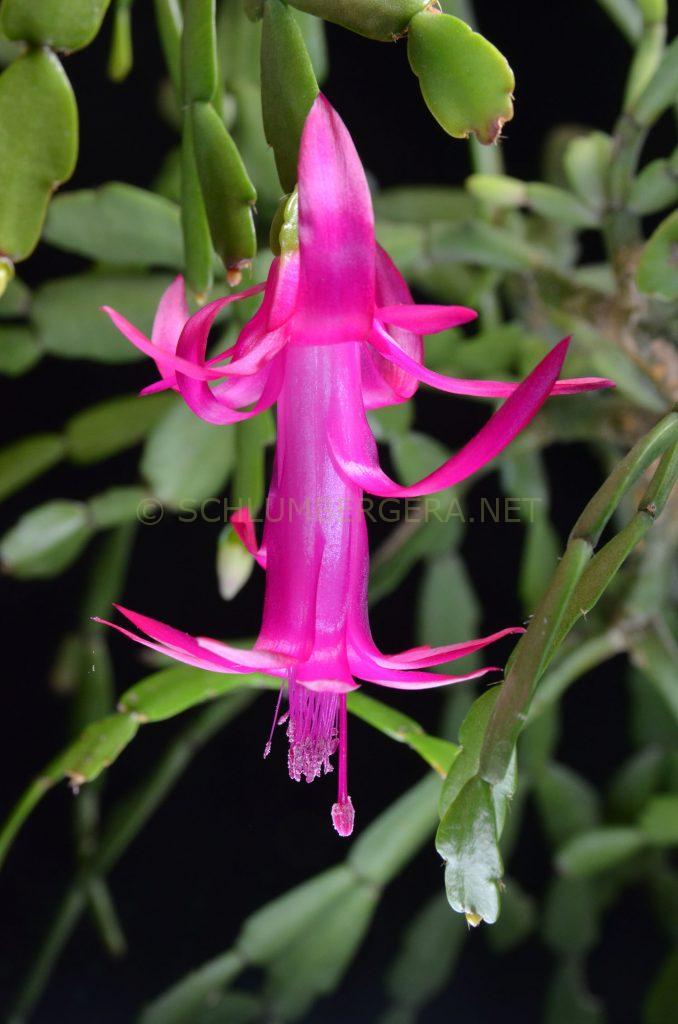
Schlumbergera russelliana AH 691, photo: Andreas Hofacker -
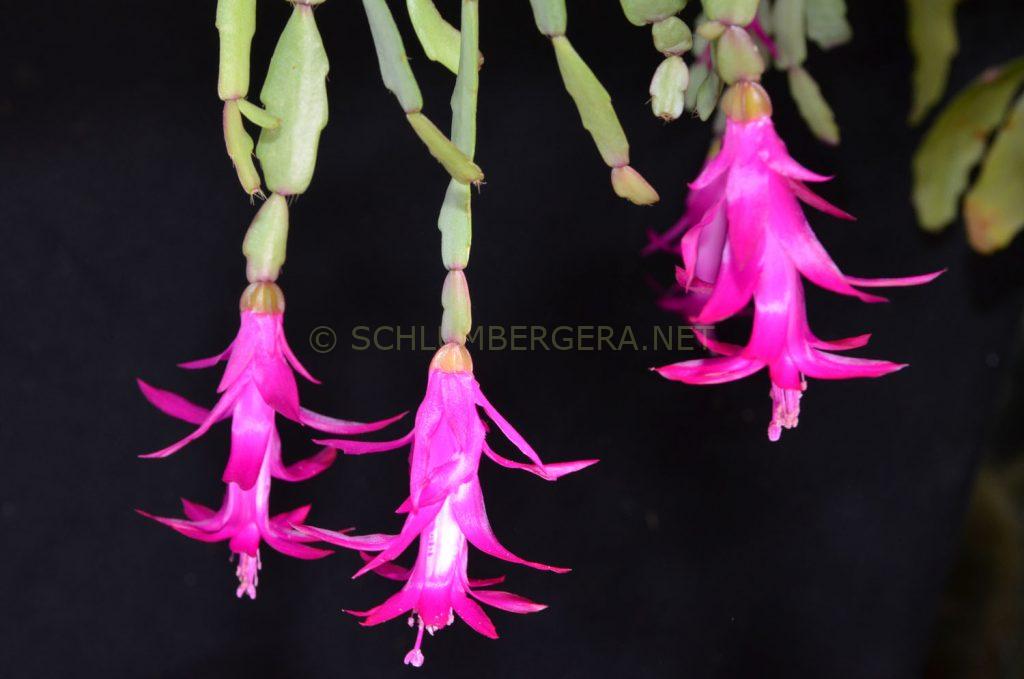
Schlumbergera russelliana AH 691, photo: Andreas Hofacker -
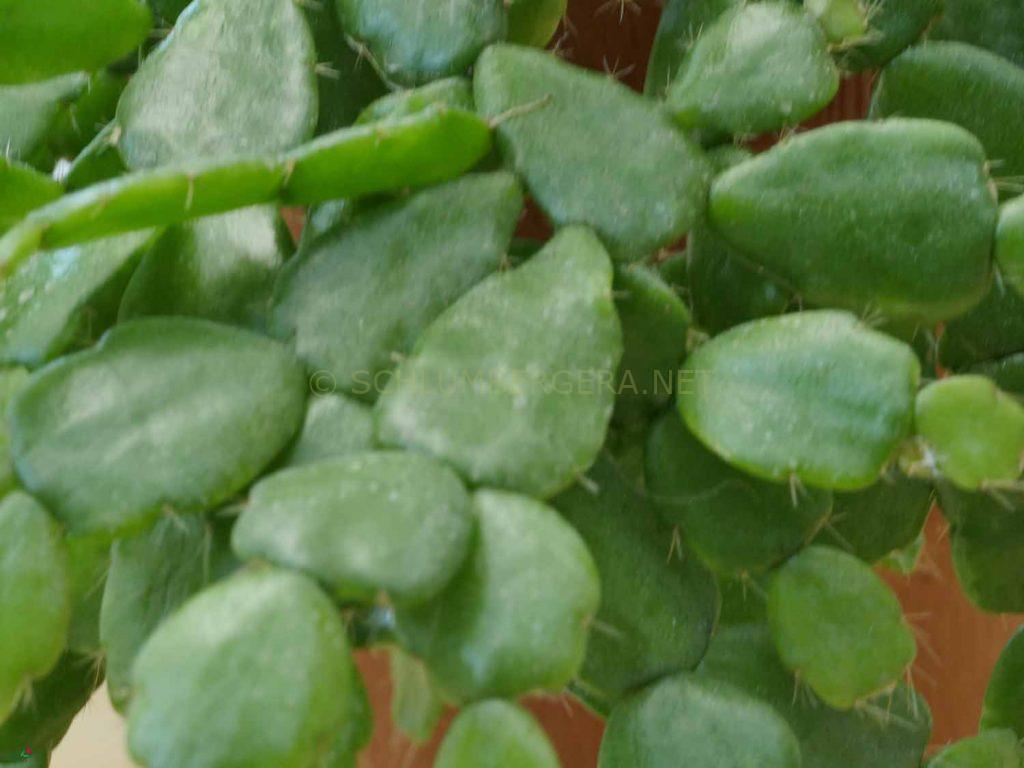
Schlumbergera russelliana ‘Ehlers Clone’, photo: Ruud Tropper -
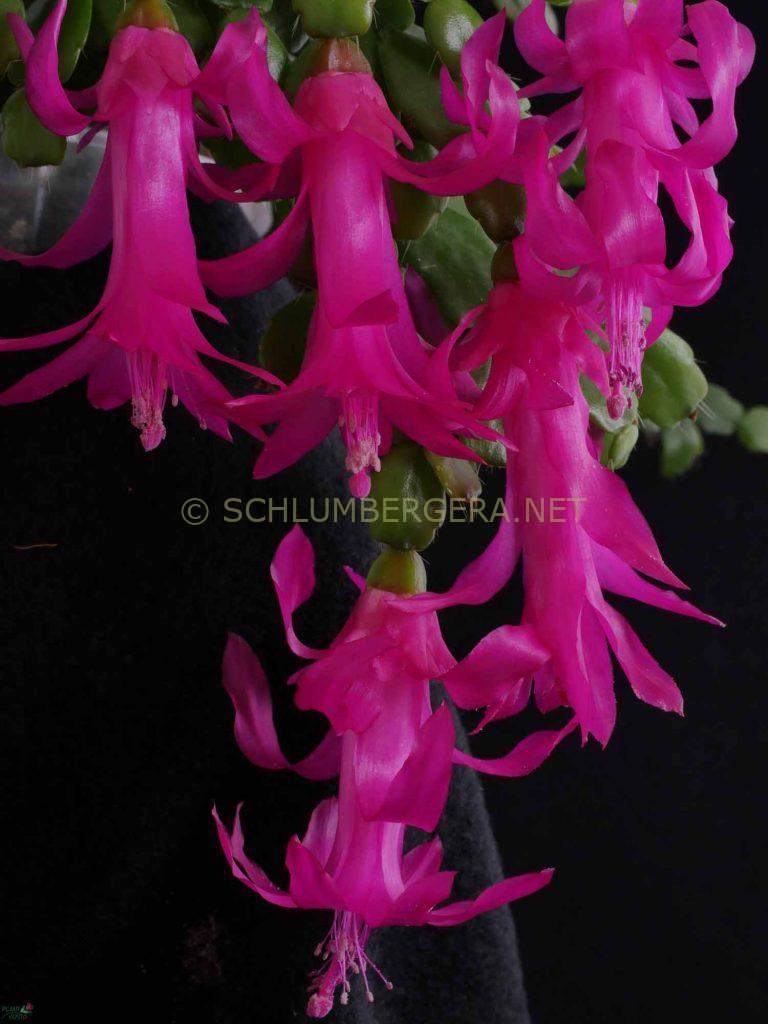
Schlumbergera russelliana ‘Ehlers Clone’, photo: Ruud Tropper -
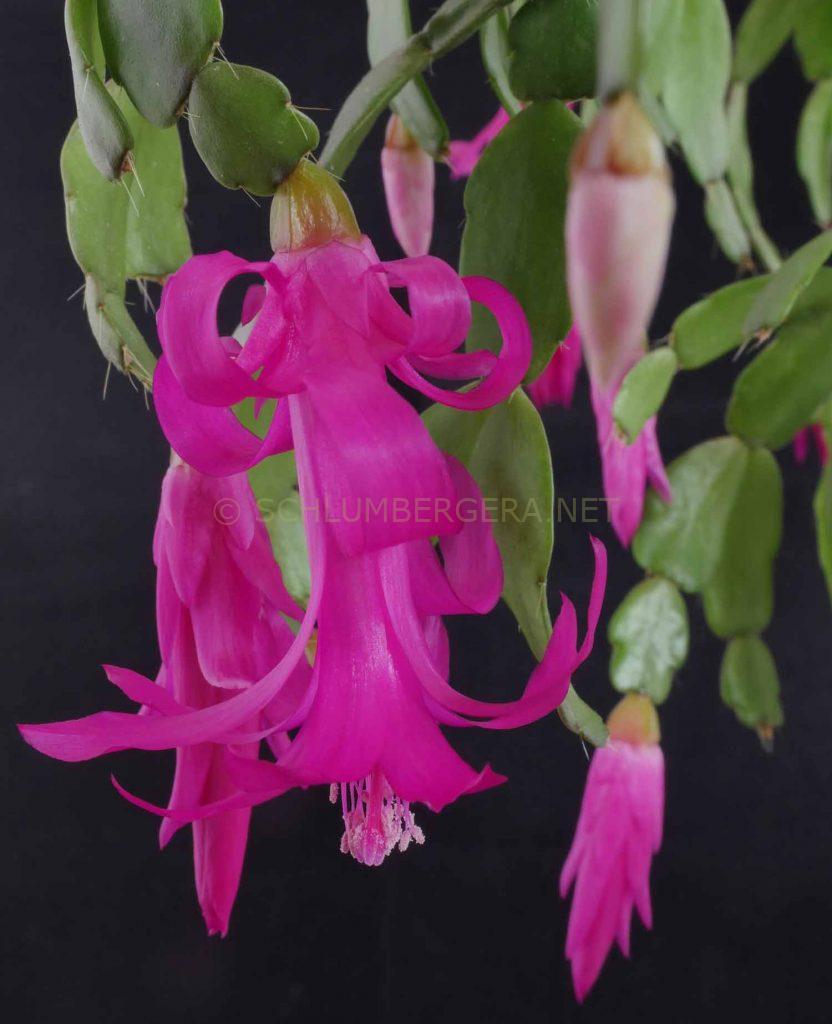
Schlumbergera russelliana ‘Ehlers Clone’, photo: Ruud Tropper -
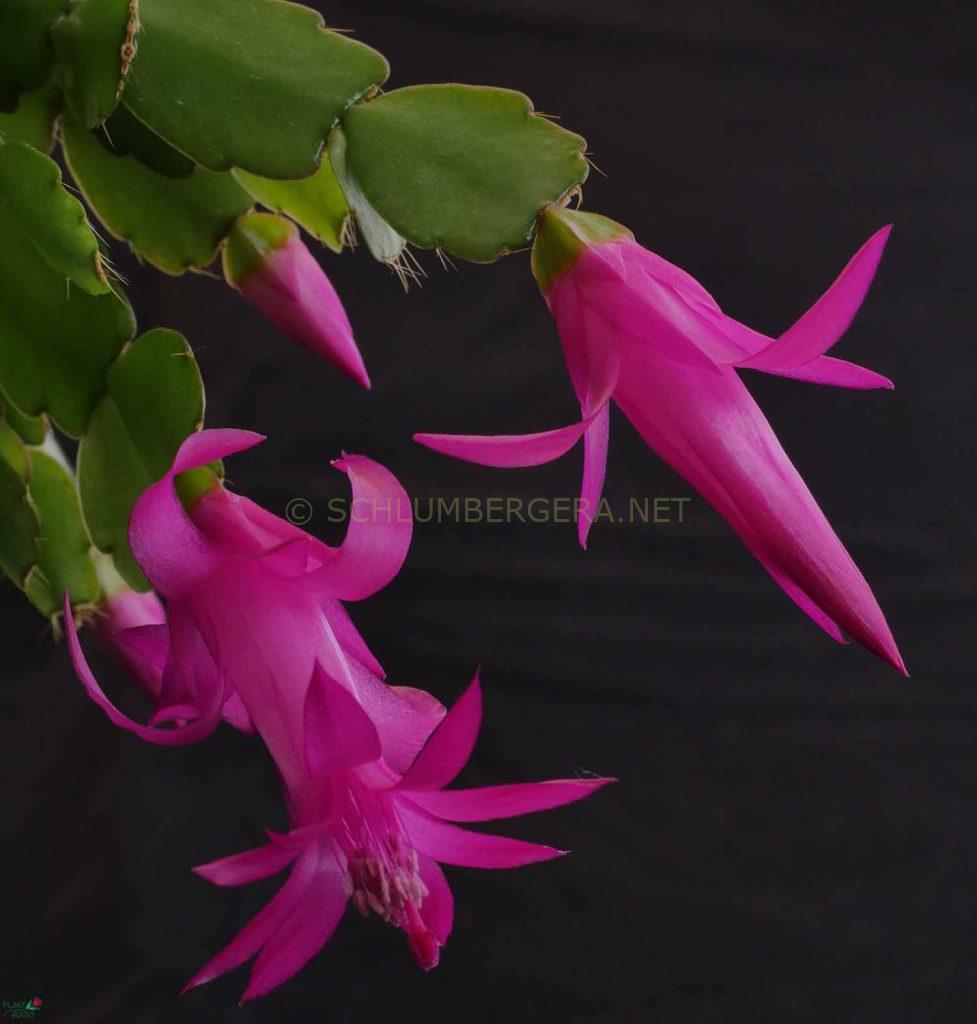
Schlumbergera russelliana ‘Heidelberg’, photo: Ruud Tropper -
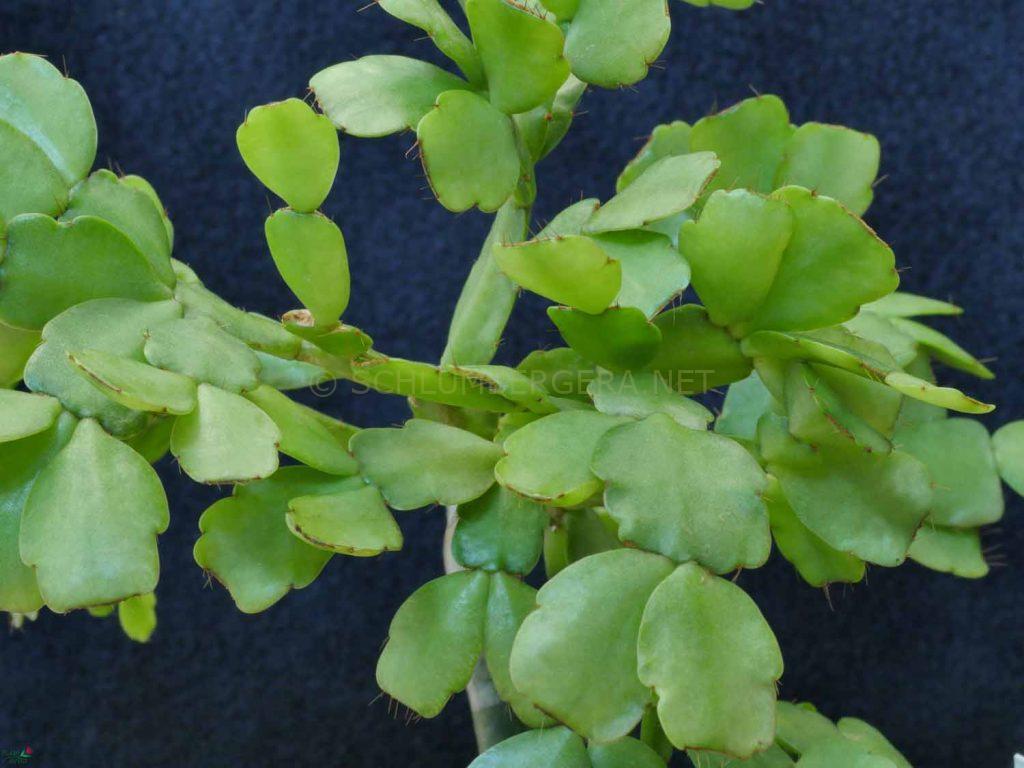
Schlumbergera russelliana ‘Heidelberg’, photo: Ruud Tropper -
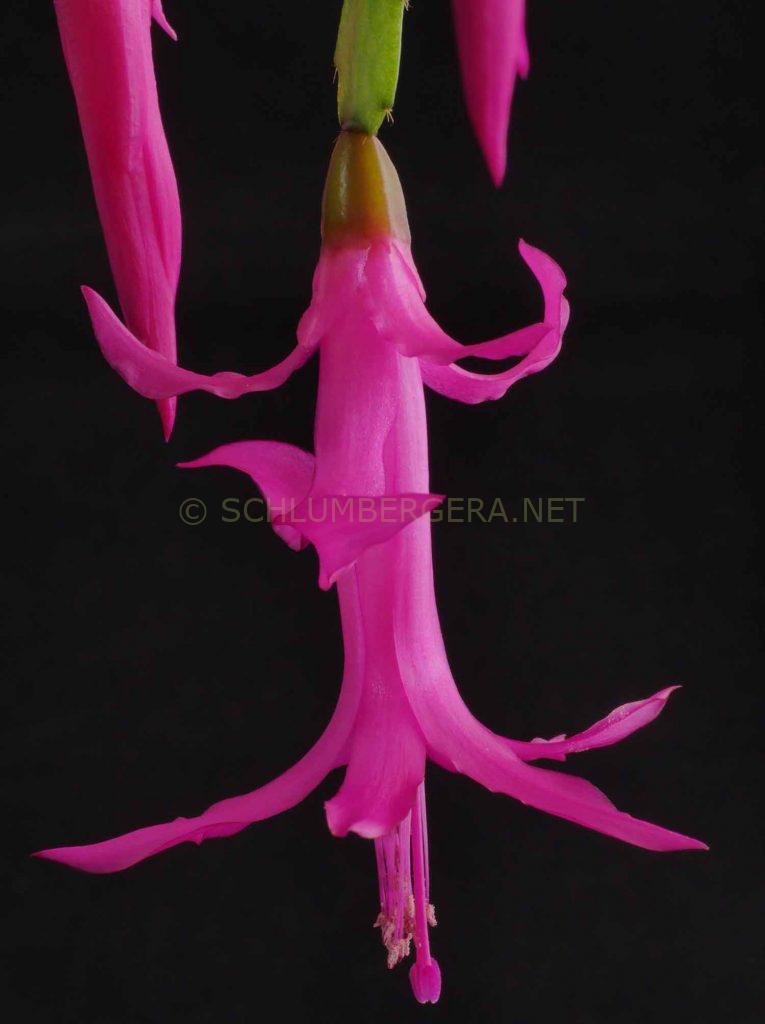
Schlumbergera russelliana ‘Vale da Luva’, photo: Ruud Tropper -
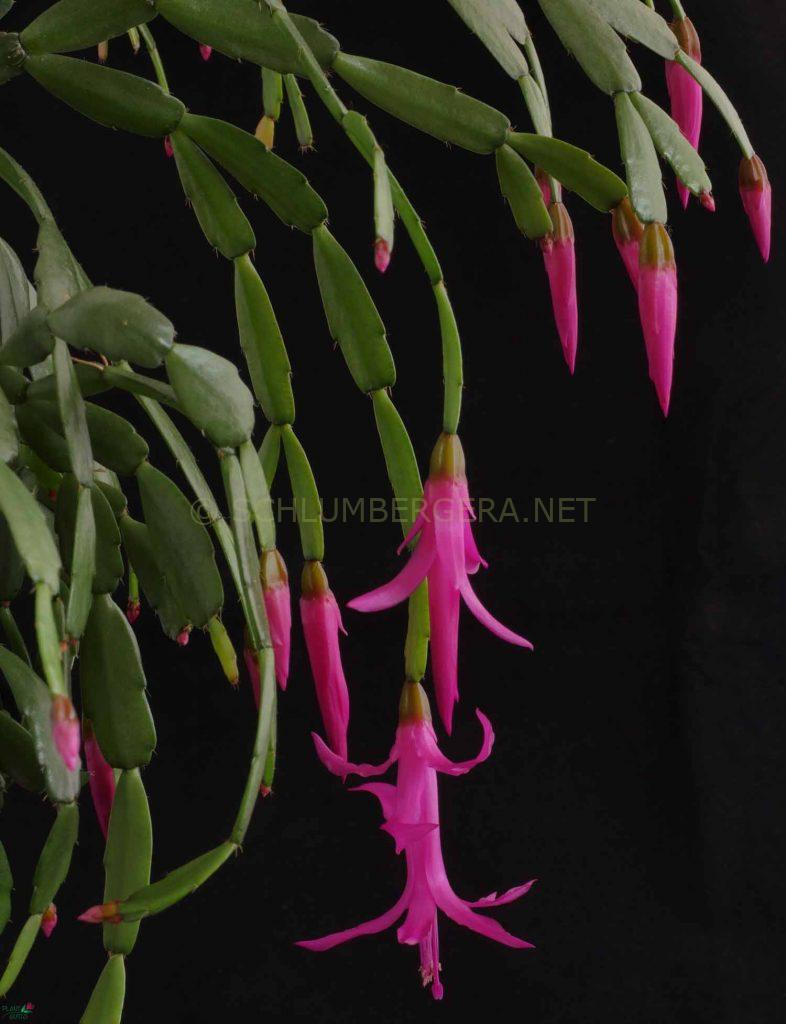
Schlumbergera russelliana ‘Vale da Luva’, photo: Ruud Tropper -
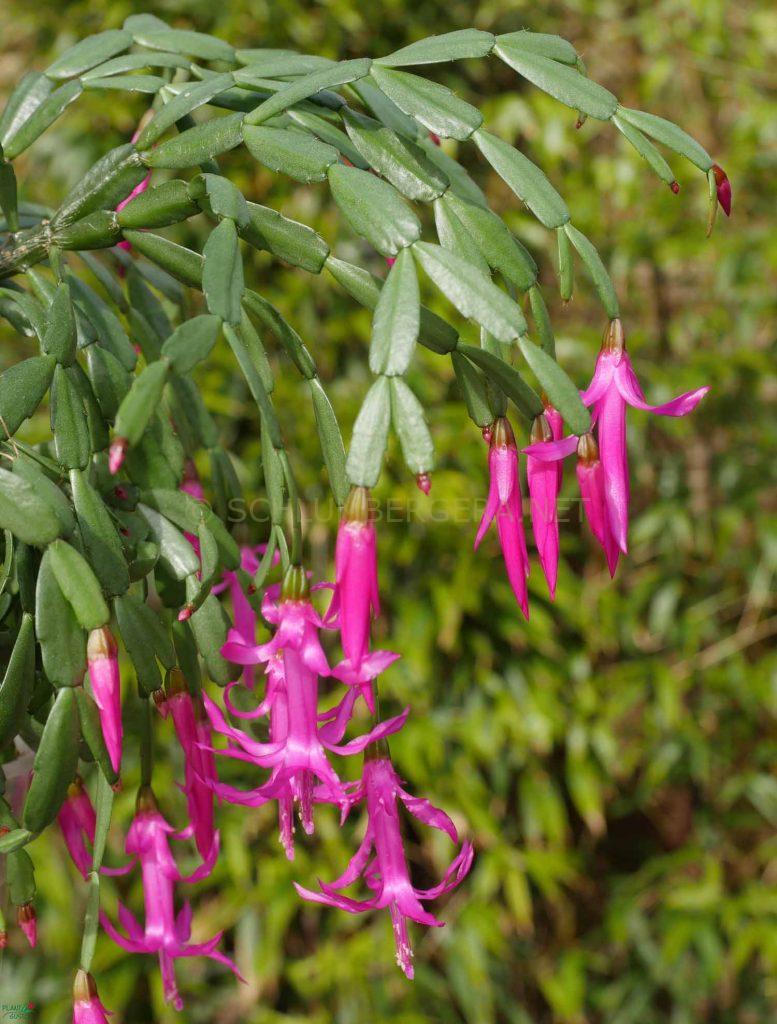
Schlumbergera russelliana ‘Vale da Luva’, photo: Ruud Tropper -
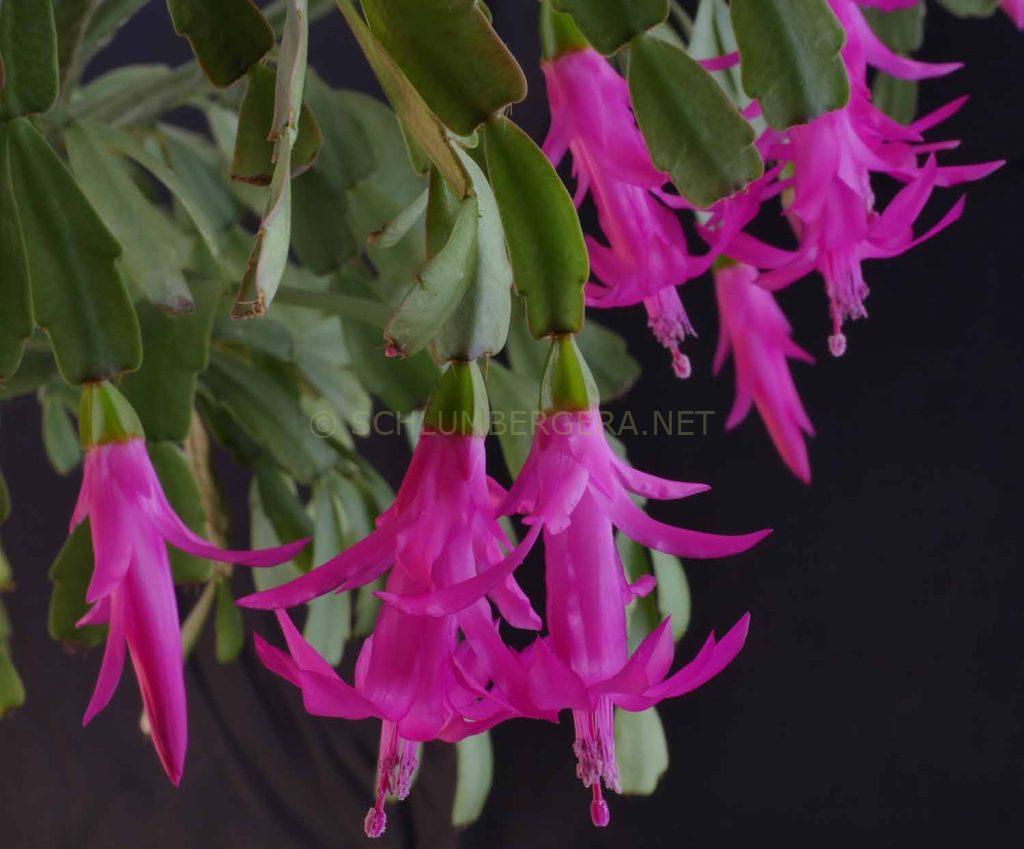
Schlumbergera russelliana ‘Sputh of Nova Friburgo’, photo: Ruud Tropper -
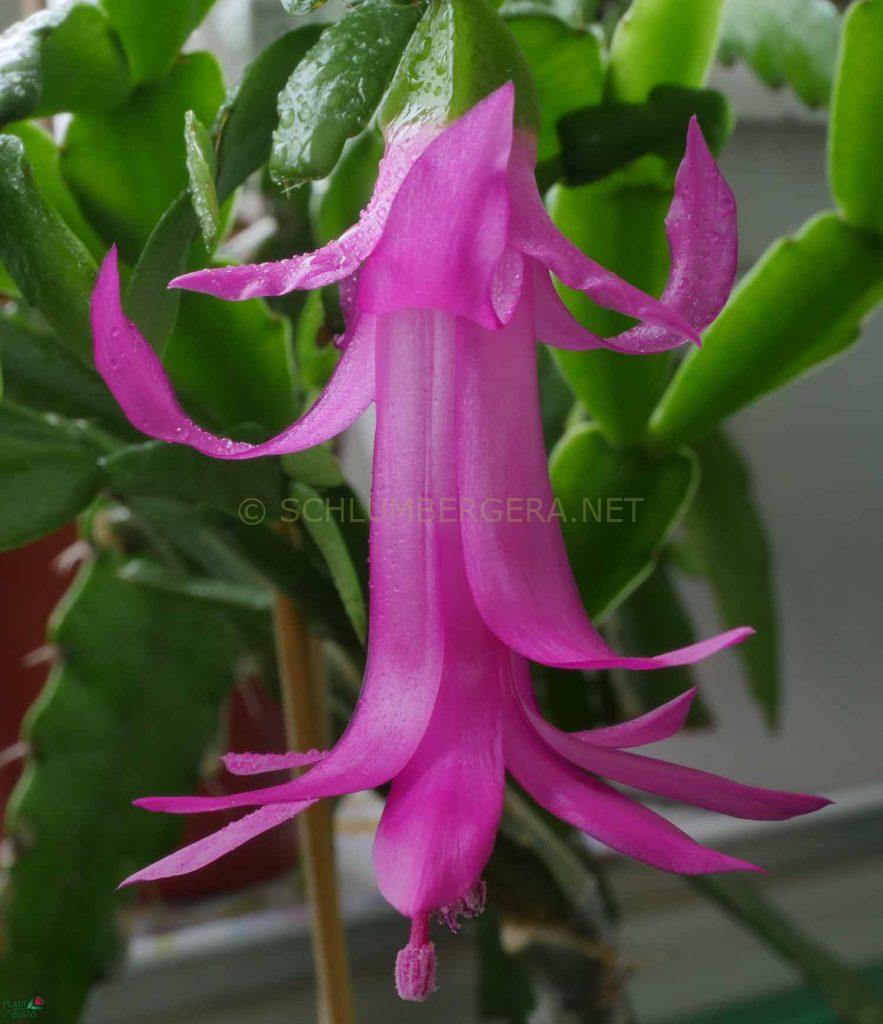
Schlumbergera russelliana ‘South of Nova Friburgo’, photo: Ruud Tropper -
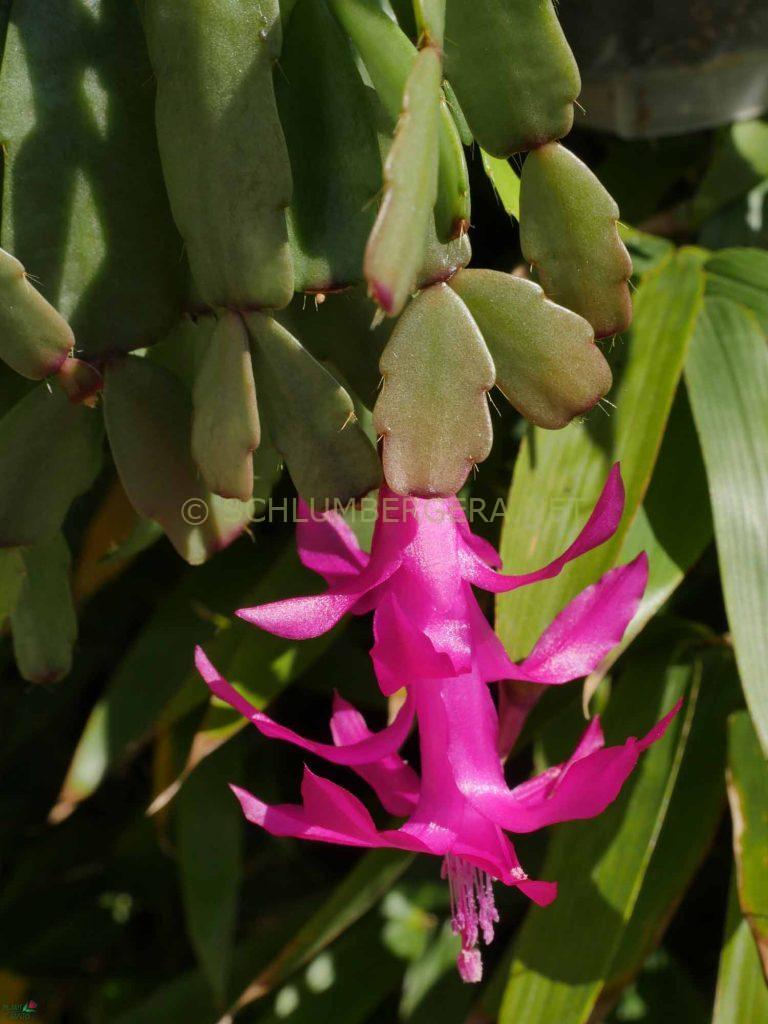
Schlumbergera russelliana ‘PDS 3’, photo: Ruud Tropper -
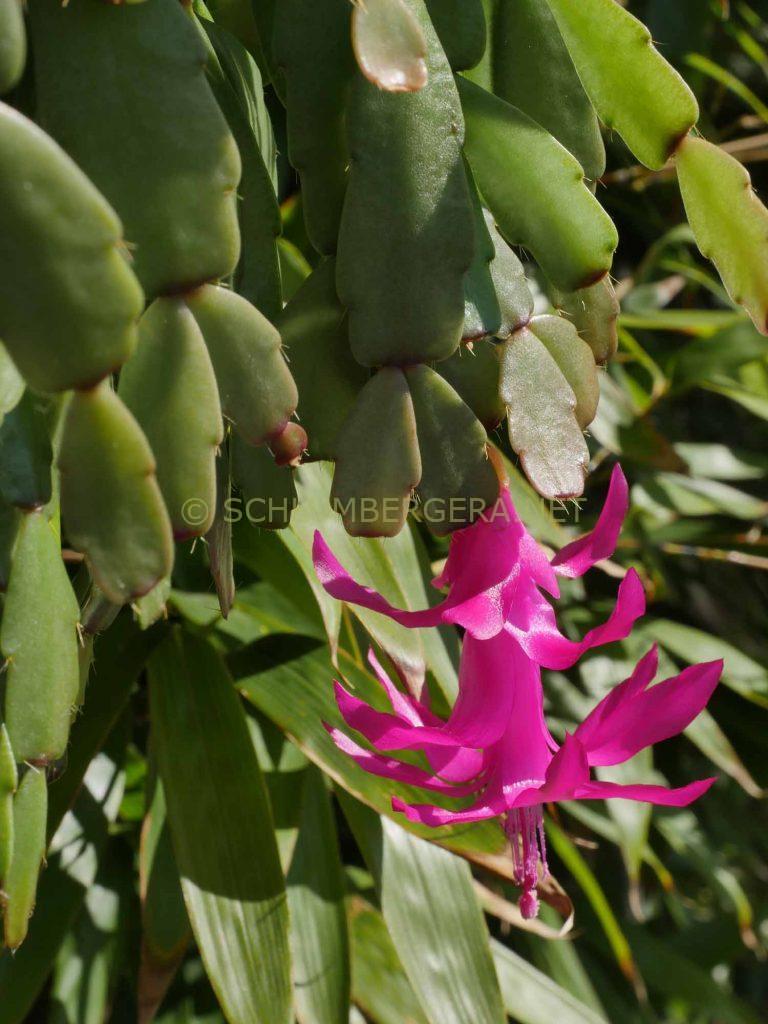
Schlumbergera russelliana ‘PDS 3’, photo: Ruud Tropper -
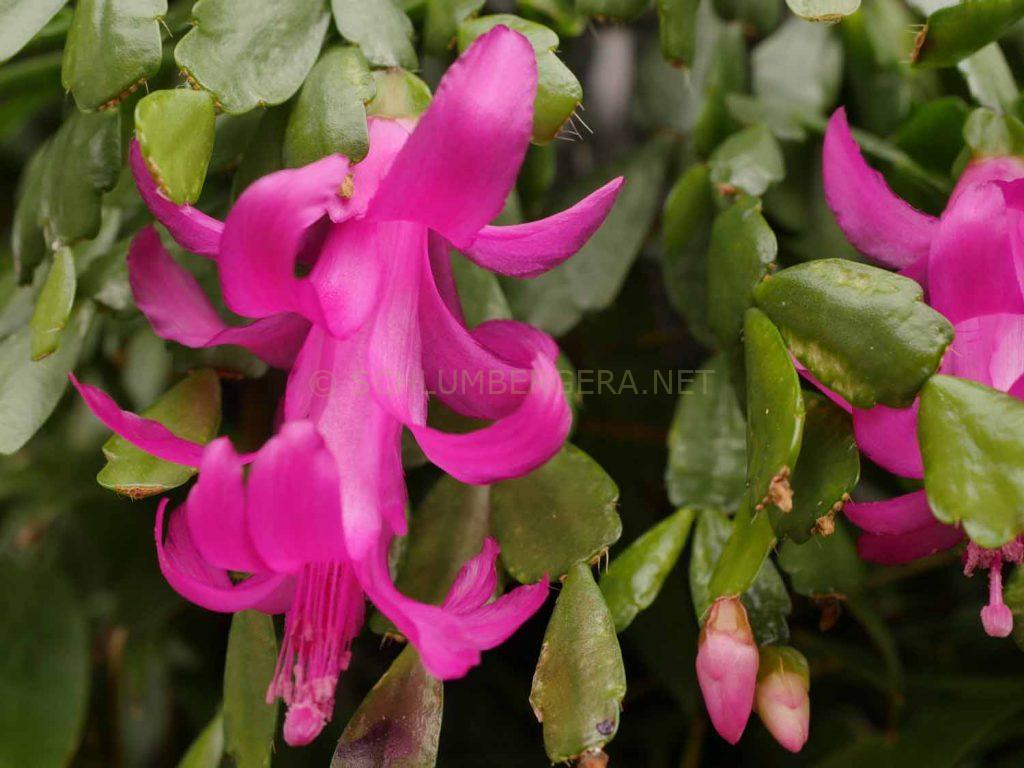
Schlumbergera russelliana ‘JFH 1’, photo: Ruud Tropper -
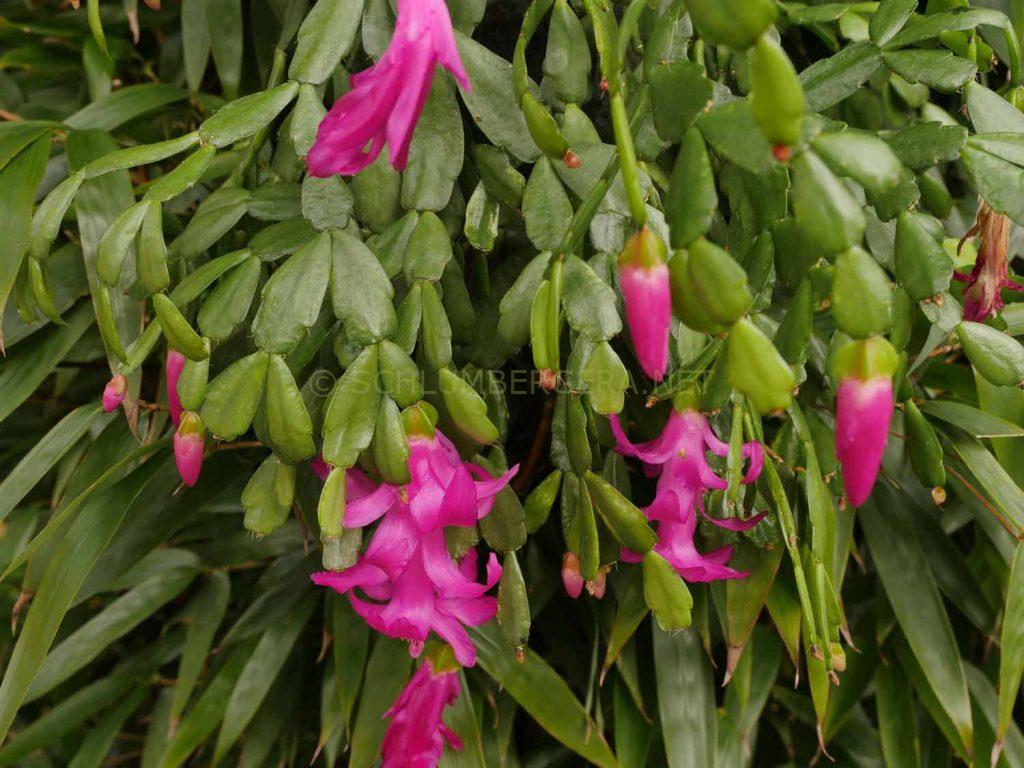
Schlumbergera russelliana ‘JFH 1’, photo: Ruud Tropper

